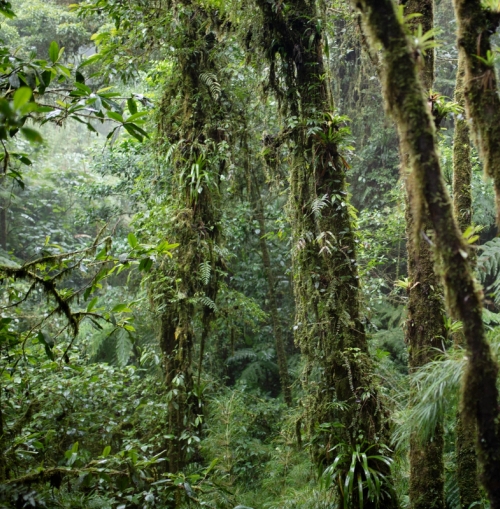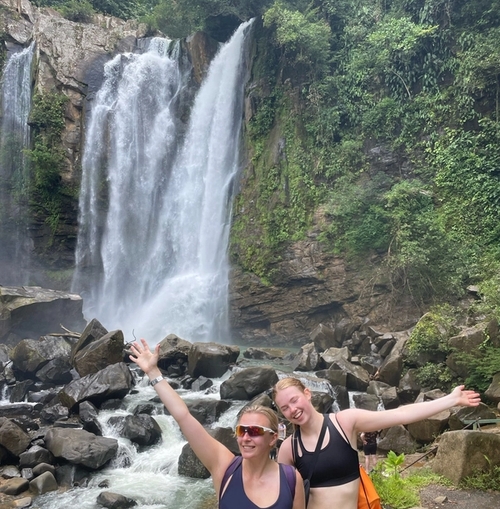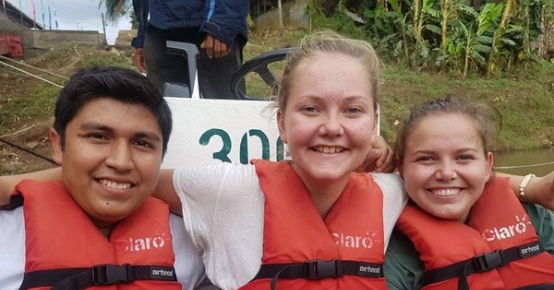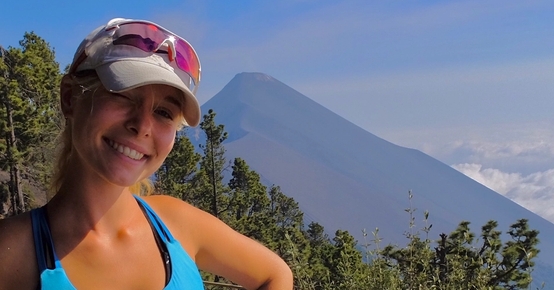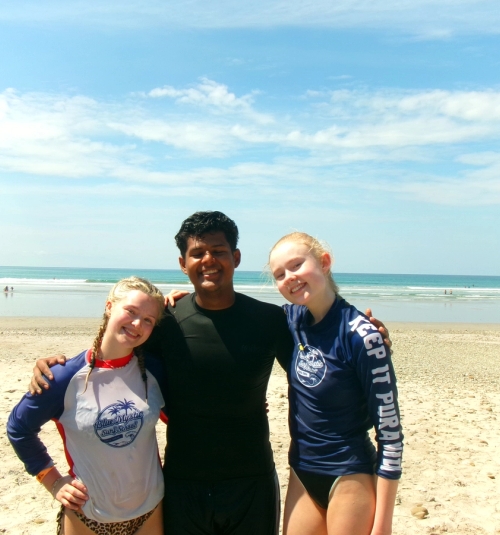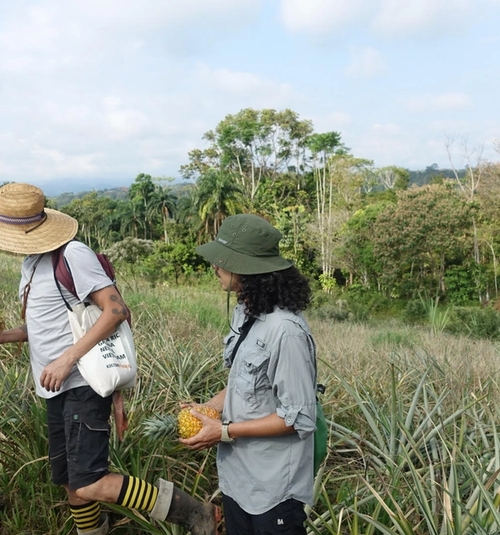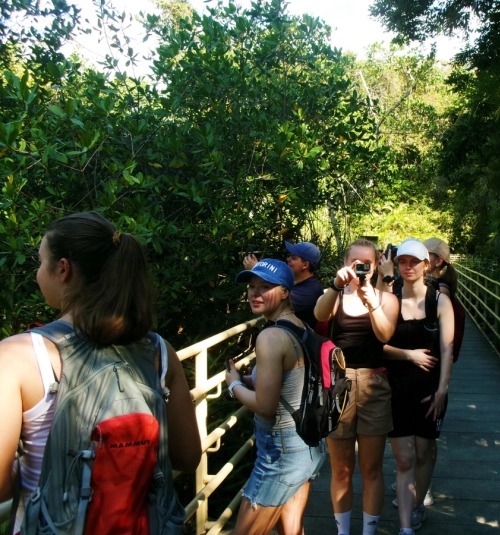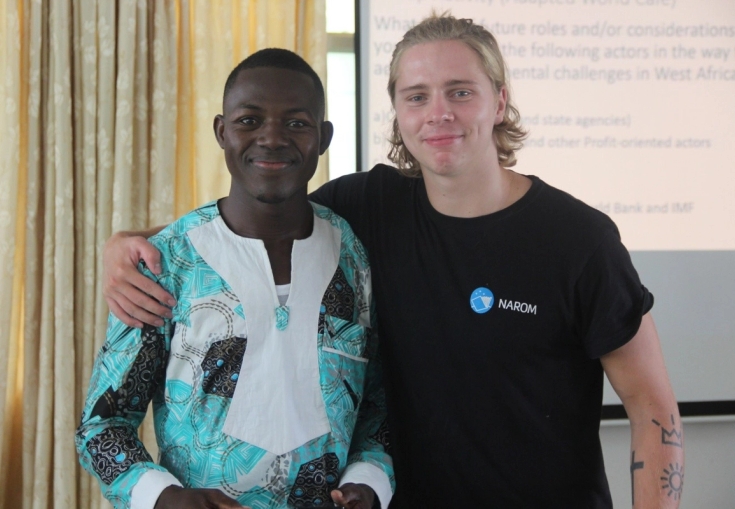
Study in Costa Rica
With its vast areas of protected nature, abundant wildlife and beautiful beaches, Costa Rica has become a very popular holiday destination. As a student, you get the opportunity to get under the skin of this society, which in addition to surfing, safaris and cute animals, has an exciting history and distinctive culture that you can explore. In Quepos and San Isidro, students live close to the local population, and get the chance to discover what "pura vida" means.
Why study in Costa Rica?
Master a global language
Enjoy life in a tropical paradise while learning about environmental issues
Integrate into local community life
Discover diverse landscapes from volcanoes and mountains to rainforests and beaches
Study programmes
See allSan Isidro
San Isidro is located 700 meters above sea level, south of the capital city, San José. This region boasts a delightful highland climate, with stunning beaches just a 40-minute drive away. Situated in a beautiful valley, life unfolds calmly in a typical Costa Rican manner.
As San Isidro is not a typical tourist destination, you can expect a steep learning curve when it comes to the language, providing a rich environment for language immersion. You will quickly feel at home in this charming community.
Our local manager Raquel presents San Isidro

- Costa Rica
- Global Environmental Studies
- Spanish in Costa Rica
- Introduction to Spanish in Costa Rica
- Inspiration
San Isidro seen through local eyes
Quepos
Our local manager Andrés presents Quepos

- Costa Rica
- Global Environmental Studies
- Experiences
Quepos seen through local eyes
Quepos is a small town on the Pacific coast, located just a few kilometers from the amazing Manuel Antonio National Park. This park is home to a wide variety of wildlife, including sloths, toucans, agoutis and howler monkeys.
Just outside your doorstep, you will find Espadilla Beach, celebrated as one of the best beaches in Costa Rica. Here, you can enjoy surfing and other fun water activities or simply relax after a long day of studying.
While Quepos does attract a number of tourists, our knowledgeable local staff will ensure that you experience the authentic daily life of this vibrant beach town.

